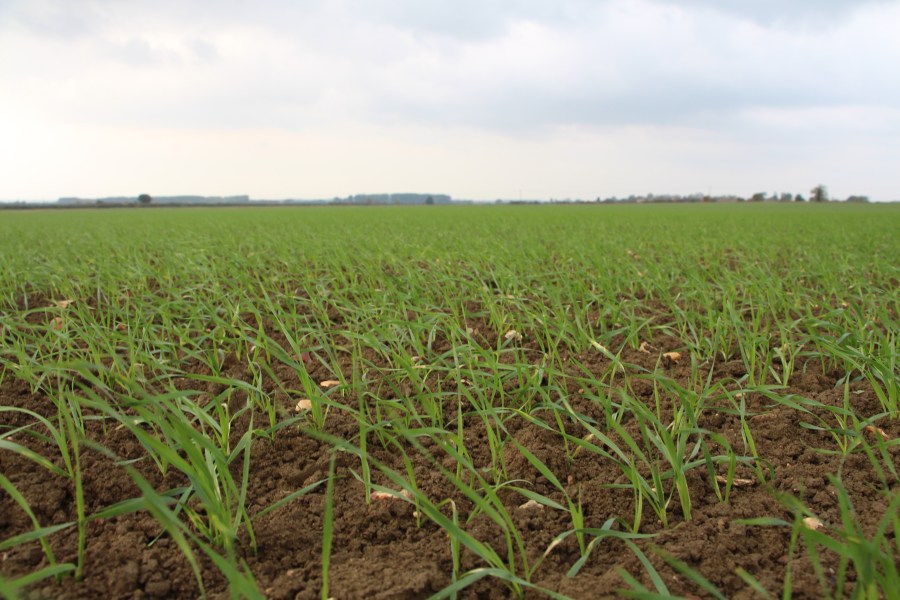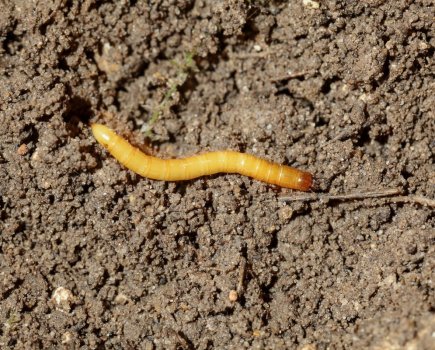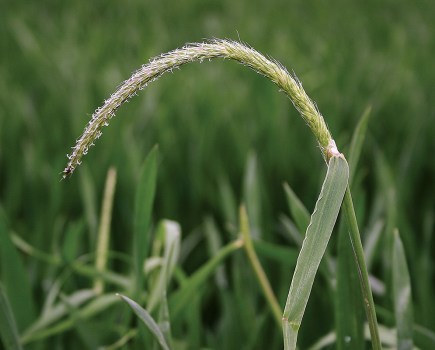With growers looking for alternatives to spring cropping including late drilling winter seed, regulation regarding dates should be front of mind.
The last official day of the winter drilling window was 31 January, with any crops planted beyond this defined by the CRD as spring-sown.
“Any crops sown on, or after, 1 February in the year of harvest are considered spring crops, irrespective of the variety being drilled,” explains Adama’s Jonny Oosthuizen.
“Unfortunately, because of wet conditions, a lot of growers throughout the UK still have winter wheat seed in the shed and, now that conditions have finally started to improve, are rushing to get as much of this into the ground as quickly as possible,” he says.
Crop protection products
According to Jonny, what many might not be aware of is that any crop protection products registered only for use on winter wheat can’t be used on crops sown after 31 January, even if the seed is technically a winter variety. Instead, they can only be treated with products labelled as approved for spring-sown crops.
“Some herbicides aren’t permitted for use on spring wheat, even if the actives themselves may be used via other products,” says Jonny. “That might come as a surprise to some growers, especially those who haven’t traditionally grown spring wheat before. Understanding the rules is therefore essential to ensure herbicide programmes don’t fall foul of the transition from winter to spring cropping.”
Weed control options
However, he stresses that there are options available to ensure spring-sown cereals remain protected and ahead of the curve in terms of weed competition. “For example, Hurricane (diflufenican) and Tower (chlortoluron+ diflufenican+ pendimethalin) are approved for use on spring wheat and barley. Anthem (pendimethalin) is also approved for use on spring barley, although it’s no longer approved for use on wheat drilled from 1 February onwards,” he concludes.




